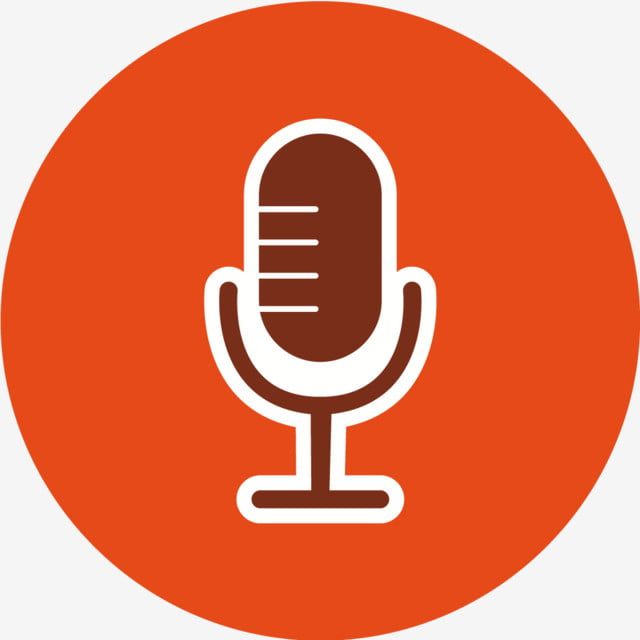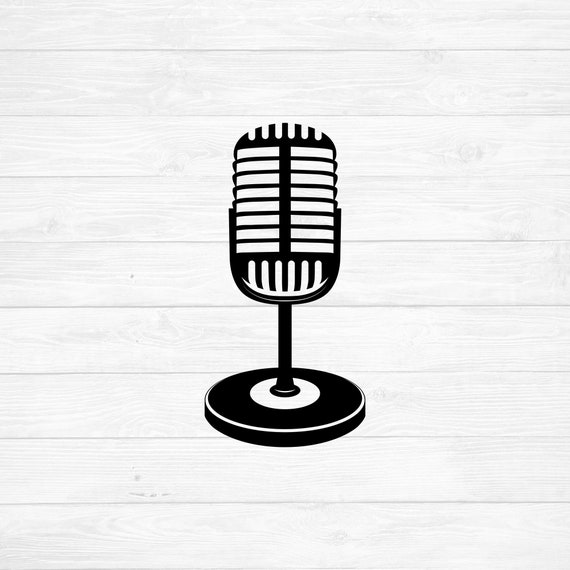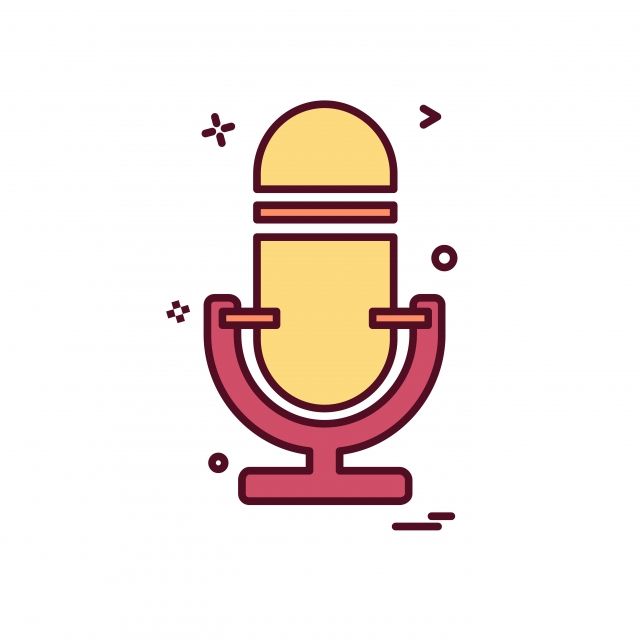The microphone icon stands as a universal symbol for audio input and recording. Once confined to the realms of recording studios and desktop software, it now graces the screens of billions of mobile devices. This symbol has evolved considerably, adapting to technological advancements and shifting user behaviors. This article charts the journey of the microphone icon from its early days on desktop interfaces to its current prominence within mobile ecosystems.
Desktop Beginnings
Emergence in User Interfaces
The microphone icon first gained prominence with the rise of digital audio workstations (DAW) and other sound-related software on desktop computers. As a practical and easily recognizable symbol, it became the standard for representing sound recording functions. Users quickly learned that clicking on this icon would engage recording functions, providing an intuitive way to capture audio without needing extensive technical knowledge.
Design Adaptation and Consistency
Initial designs of the microphone icon were simple and straightforward, aimed at providing a clear representation of the tool’s recording capabilities. Over time, as user interfaces became more sophisticated, the design of the microphone icon evolved. It maintained its fundamental elements for recognition but underwent stylistic changes to align with the overall aesthetic of the software or operating system it was a part of. This consistency helped users to seamlessly transition from one application to another without relearning icon functionalities.

Transition to Mobile
Icon Adaptation for Touchscreens
The leap from desktop to mobile devices required a rethinking of icon design, including the microphone. It was imperative to create icons that were touch-friendly and easily accessible on smaller screens. The mobile version of the microphone icon had to be bold and simple to ensure that it stood out on various mobile interfaces and could be easily tapped with a finger, without the need for the precision a mouse cursor allows.
Significance in Mobile Experience
The ubiquity of mobile technology elevated the microphone icon to new levels of significance. It symbolized more than just audio recording; it began to represent features like voice search, virtual assistants, and instant communication. The microphone icon became a gateway to a host of voice-activated services that are now integral to the mobile experience. Unlike its more static role on desktop systems, on mobile devices, the icon often indicates real-time interaction and connectivity.

Evolution in Functionality
Expanded Roles in Mobile Applications
On mobile devices, the microphone icon’s functionality has greatly expanded. It now initiates voice memos, activates voice-to-text services, and enables voice commands for navigation or controlling smart home devices. This small symbol has transcended its original use, becoming an essential interface element for hands-free operation and accessibility on mobile devices worldwide.
Customization and Branding
As voice interaction has become more prominent, apps and operating systems have customized the microphone icon to match their branding. Big players like Apple and Google have tailored the design of the icon to fit within their design language. This customization has not diminished the icon’s recognizability but instead highlighted the brand’s unique approach to voice functionality and its integration into the user interface.
![]()
Impact on Accessibility and User Behavior
Humanizing User Experience
The microphone icon plays a vital role in making technology more accessible and human-centric. It provides a way for users to interact with their devices using natural language, breaking down barriers for people who might find typing inconvenient or challenging. This tiny graphic has humanized the interaction between users and technology, fostering a more inclusive digital environment.
Influence on Communication Habits
The prevalence of the microphone icon on mobile devices has influenced communication habits, encouraging more voice-based interactions in place of typing. Users are now accustomed to dictating messages, conducting searches using voice queries, and commanding intelligent assistants with their voice, thanks to the accessibility and convenience offered by the microphone icon.

Contemporary Significance
Adapting to Future Technologies
The microphone icon continues to adapt to new technologies, including wearables and IoT devices. It remains a staple of modern user interface design, evidence of its effectiveness in providing intuitive access to voice-controlled features. As voice interaction becomes even more integrated into our daily lives, the microphone icon will undoubtedly evolve, reflecting the changing ways we connect and communicate with our devices.
An Enduring Legacy
The microphone icon’s enduring legacy is its simplicity and versatility. While its appearance and functionality may have been refined over the years, the underlying purpose of providing easy and clear access to audio input features has remained the same. As we press this button on various devices, from smartwatches to car infotainment systems, we are engaging with a piece of design history that continues to serve as a valuable bridge between us and the increasingly voice-oriented digital world.

The Symbolism of the Microphone Icon
A Visual Cue Across Platforms
The microphone icon has transcended its function as a simple user interface element—it has become a visual cue that transcends languages and cultures, recognizable to people worldwide. As technology becomes ever more embedded in daily life, the significance of such universal symbols will only grow. The icon now signifies a world where technology listens and responds, an era where voice has become the new touch.
Evolving Aesthetic and Interaction
Digital design trends evolve consistently. The microphone icon adapts its aesthetic to match these trends. It aligns with the visual language of the times. Fluent design and Material design have influenced the microphone icon’s depiction. Minimalist interfaces also shape how the icon looks. These influences ensure the icon remains fresh yet familiar. User interaction with the icon has shifted. It has moved from point-and-click to taps, swipes, and voice activation. The icon seamlessly integrates into the flow of modern interactions.
Beyond Representation to Integration
The microphone icon’s journey from representing a recording function to being an integrated command center for voice interaction demonstrates the shift in how we interact with our devices. It is now a cornerstone of user interface design, symbolizing the convergence of user input with intelligent machine responses and initiating complex processes with a simple tap. Its design and usage continue to evolve, embodying both the history and the future of human-computer interaction.
The Challenge of Future Proofing
Staying Relevant in the Age of AI
The challenge for the microphone icon is to stay relevant. This challenge comes in an age where artificial intelligence and machine learning are redefining human-computer interaction. As voice interfaces become more sophisticated, they may move away from touch-based engagement. The icon must evolve to represent new ways of engaging with voice technology. It may even need to move beyond a visible interface.
An Ever-Evolving Icon
The microphone icon’s evolution is far from over. As digital experiences become more integrated and pervasive, the icon remains a guidepost for users. It heralds the seamless integration of voice control into daily life. The icon has evolved from desktop interfaces to become a staple on mobile devices. Its journey reflects humanity’s technological advancement. The microphone icon is a simple yet powerful design element. It stands the test of time by adapting to the evolving landscape. It meets the needs of human-device interaction.